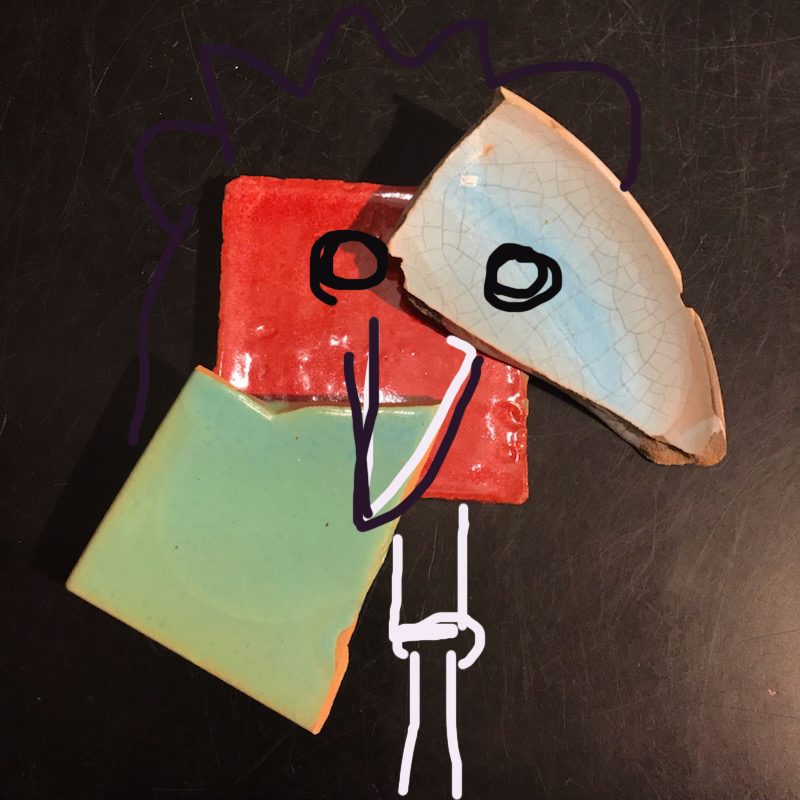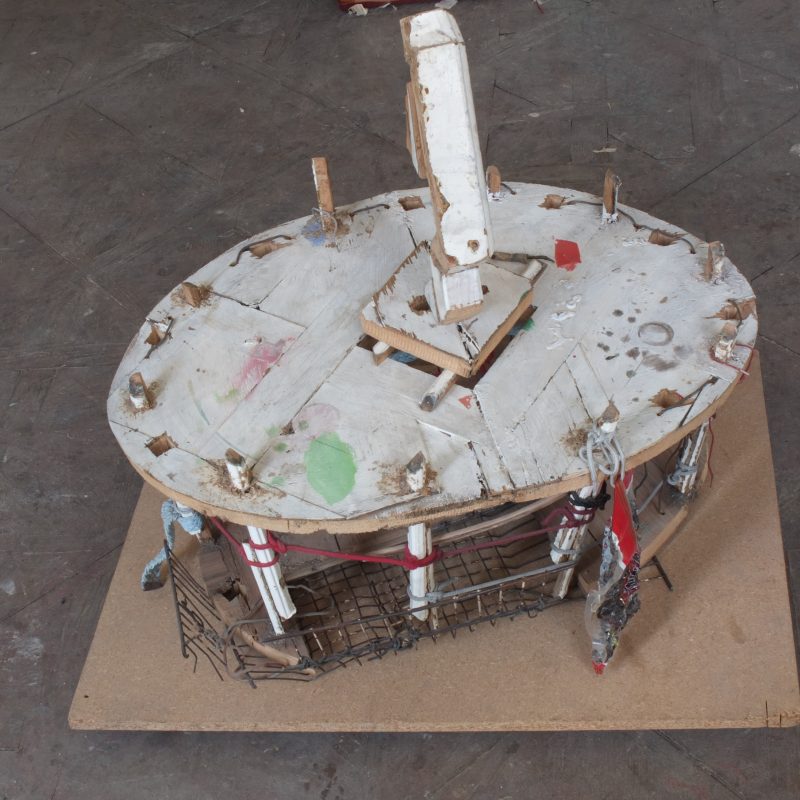Dums 2, Family Lampert Göfis 2, 2020
detail
21,3 x 31 cm, collage, pencil on paper
Donna Haraway writes in “Staying with the trouble”
(Chapter 4, making kin, p 102-103):
My purpose is to make “kin” mean something other/more than entities tied by ancestry or genealogy. The gently defamiliarizing move might seem for a while to be just a mistake, but then (with luck) appear as correct all along. Kin making is making persons, not necessarily as individuals or as humans. I was moved in college by Shakespeare’s punning between kin and kind—the kindest were not necessarily kin as family; making kin and making kind (as category, care, relatives without ties by birth, lateral relatives, lots of other echoes) stretch the imagination and can change the story. Marilyn Strathern taught me that “relatives” in British English were originally “logical relations” and only became “family members” in the seventeenth century—this is definitely among the factoids I love. Go outside English, and the wild multiplies. I think that the stretch and recomposition of kin are allowed by the fact that all earthlings are kin in the deepest sense, and it is past time to practice better care of kinds-as-assemblages (not species one at a time). Kin is an assembling sort of word. All critters share a common “flesh,” laterally, semiotically, and genealogically. Ancestors turn out to be very interesting strangers; kin are unfamiliar (outside what we thought was family or gens), uncanny, haunting, active. Too much for a tiny slogan, I know! Still, try. Over a couple hundred years from now, maybe the human people of this planet can again be numbered 2 or 3 billion or so, while all along the way being part of increasing well-being for diverse human beings and other critters as means and not just ends.
So, make kin, not babies! It matters how kin generate kin.




